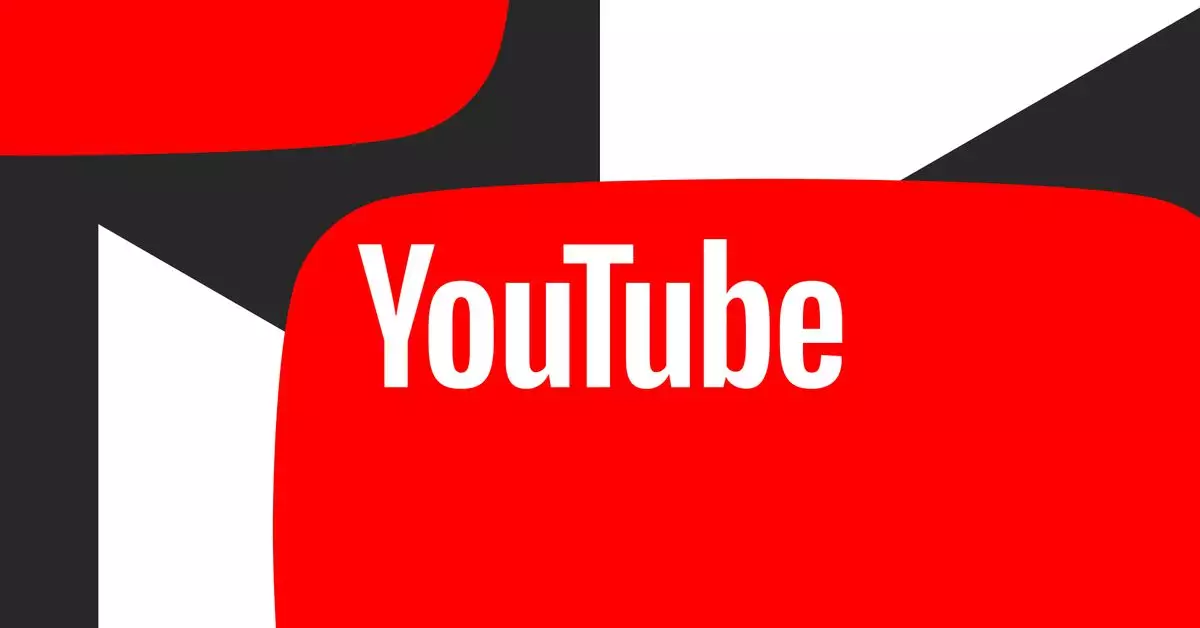In a bold move aimed at revolutionizing how audiences and creators interact, YouTube has begun testing a feature that allows creators to respond to comments with their own recorded audio messages. This innovation seeks to foster deeper connections between content producers and their viewers, moving beyond the traditional text-based interactions that have dominated the platform for years. By enabling creators to add a personal touch to their engagements, YouTube hopes to cultivate a more community-oriented space within its vast video ecosystem.
How the Feature Works
Currently available to a select group of creators, this voice reply feature is designed for use on the iOS app. Creators can easily record their responses by tapping a sound wave icon when replying to a comment, followed by the option to record their voice. Once recorded, they can post the audio response as they would a written comment, making this a seamless addition to their interaction toolkit. However, the feature is limited in its current rollout, as it only allows creators to respond to comments on their own videos, and viewers can engage with these voice replies similarly to how they would with standard text comments.
Despite the excitement surrounding this feature, several limitations hinder its universality. Notably, accessibility is restricted; only the iOS application supports voice replies at this stage, leaving many users on other platforms unable to participate in this new form of interaction. Moreover, not all browsers allow the playback of these audio replies, further complicating how viewers can access content. For instance, users like myself found that while I could receive audio replies on mobile devices, using a desktop computer limited my ability to engage with the content fully. This disparity raises questions about the equitable accessibility of new features across diverse user segments.
As YouTube piloted this feature with a limited group, the underlying objective is clear: to create more meaningful engagements between creators and their audiences. In an age where digital interactions can often feel impersonal, the ability for creators to communicate in their voices could significantly enhance the depth and authenticity of connections on the platform. Should the testing phase prove successful, we could anticipate a broader rollout, potentially allowing more creators to deepen their relationships with their audiences in unprecedented ways.
Final Thoughts
YouTube’s exploration of voice replies marks a noteworthy step in its ongoing evolution. While it has its share of limitations, the vision of a more interactive and personal platform could change the way viewers perceive and engage with content. As we await further developments from YouTube regarding this feature, it prompts a broader dialogue about the future of online interactions, suggesting a shift toward a more human-centric digital communication approach. The experiment not only highlights YouTube’s commitment to enhancing viewer experience but also sets the stage for innovations that could redefine digital media landscapes.

